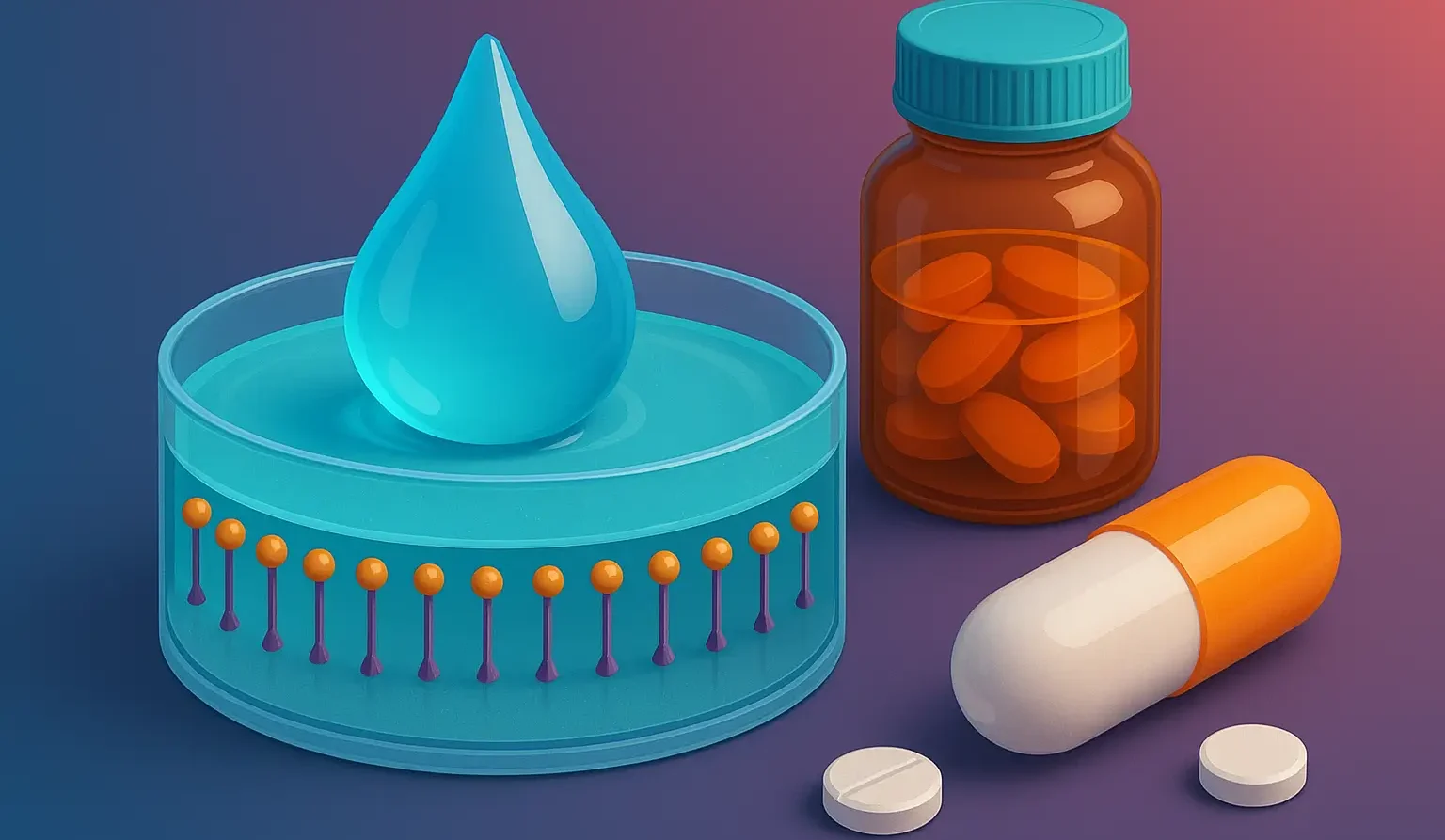Definition of Adsorption at Liquid Interfaces
- Adsorptions at liquid interfaces involves the accumulation of molecules (adsorbates) at the boundary between two phases, reducing surface or interfacial tension.
Mechanism of Adsorption at Liquid Interfaces
- Surface Activity: Molecules with both hydrophilic and hydrophobic regions orient themselves at interfaces.
- Gibbs Adsorptions Isotherm: Describes the relationship between surface tension and concentration.
-
-
-
-
$\Gamma = -\frac{1}{RT} \left( \frac{\partial \gamma}{\partial \ln C} \right)_T$
-
-
-
-
- where:
- Γ is the surface excess concentration.
- R is the gas constant.
- T is the temperature.
- γ is the surface tension.
- C is the concentration of the adsorbate.
Advertisements
Factors Influencing Adsorption
- Concentration: Higher concentrations increase adsorptions until saturation.
- Molecular Structure: Amphiphilic molecules adsorb more readily.
- Temperature: Generally, adsorptions decreases with increasing temperature.
Applications
- Emulsion Stabilization: Surfactants adsorb at oil-water interfaces.
- Foam Formation: Proteins and surfactants stabilize gas-liquid interfaces.
- Drug Delivery: Adsorptions affects drug release from carriers.
Advertisements
Advertisements

